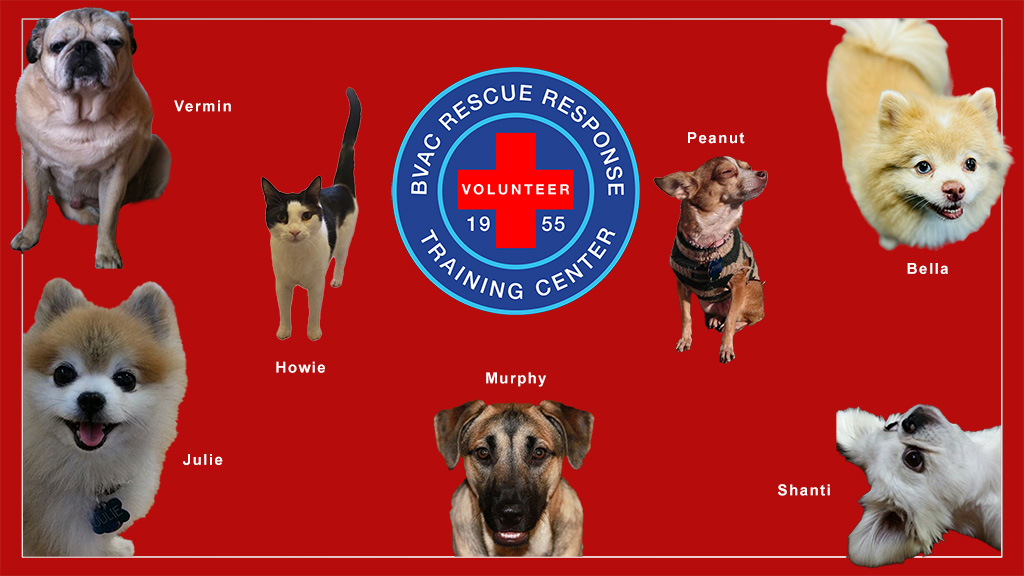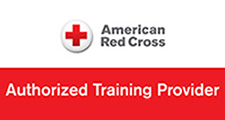- Office Phone:
- (718) 631-3333
- Office Hours:
- Mon - Sat: 9:00 AM to 12:00 PM - Sun: Closed

Did You Know You Can Perform CPR on Your Pets?
Have you ever wondered what to do if your furry friend suddenly stops breathing or their heart stops beating? Just like humans, pets can experience emergencies too, and knowing how to perform CPR (Cardiopulmonary Resuscitation) can save their lives.
CPR for pets is similar to CPR for humans but with a few key differences. It's important to remember that CPR should only be performed if your pet is unconscious, not breathing, and doesn't have a heartbeat. Here's what you can do:
-
Check for Responsiveness: First, check if your pet is conscious by gently tapping them and calling their name. If they don't respond, carefully lay them on their side on a flat surface.
-
Check for Breathing: Once your pet is on their side, check if they are breathing. Look for chest movement, listen for breath sounds, and feel for air coming out of their nose or mouth. If they're not breathing, move to the next step.
-
Check for a Pulse: Gently feel for a pulse on the inside of your pet's hind leg, where the leg meets the body. If you can't feel a pulse, it's time to start CPR.
-
Begin Chest Compressions: For medium to large dogs, place both of your hands over their chest near their heart and press down firmly but gently. For small dogs and cats, you can use one hand. Press down about 1/4 to 1/3 of the chest width, at a rate of 100-120 compressions per minute. Count out loud to keep track.
-
Give Rescue Breaths: After every 30 chest compressions, give two rescue breaths. Close your pet's mouth and breathe into their nose until you see their chest rise. Be careful not to overinflate.
-
Continue CPR: Keep alternating between chest compressions and rescue breaths until your pet starts breathing on their own or until you reach a veterinary clinic.
Remember these important tips:
- Don't Hesitate: Time is critical in emergencies. If you suspect your pet needs CPR, act quickly.
- Call for Help: While performing CPR, have someone call your veterinarian or the nearest animal hospital for further instructions.
- Stay Calm: It's natural to feel scared or nervous, but staying calm will help you perform CPR more effectively.
- Practice Ahead of Time: Familiarize yourself with CPR techniques before an emergency occurs. You can take a pet CPR class or watch online tutorials.
Performing CPR on your pet can be a lifesaving skill, but it's essential to remember that CPR is not a substitute for professional veterinary care. After administering CPR, seek immediate veterinary attention to ensure your pet receives the necessary medical care.
By being prepared and knowing how to perform CPR on your pets, you can be ready to act swiftly in times of crisis, potentially saving their precious lives.
* This article is not a certification for PET CPR; it merely explains the procedure. If you wish to know more please contact us.





